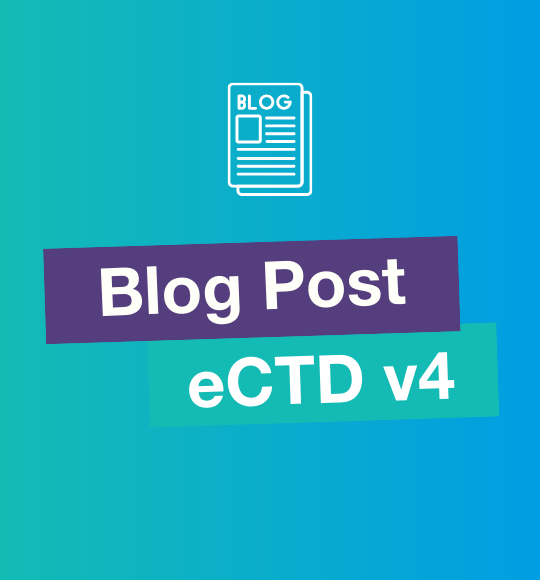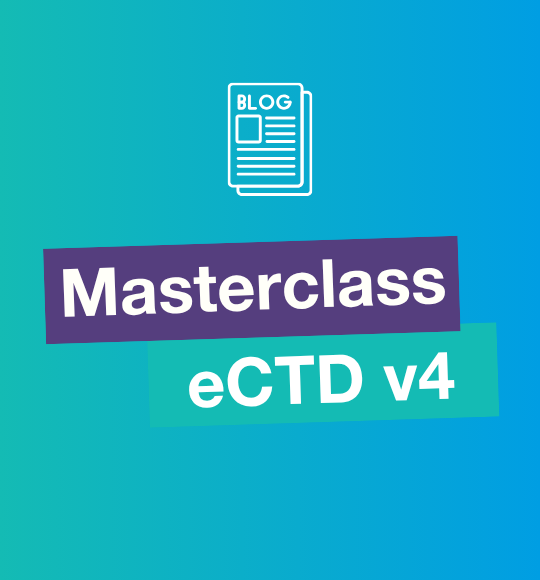
What is Controlled Vocabulary?
Controlled vocabulary has been used in various fields for years now. But what does controlled vocabulary consist of, what is it used for and what does it imply? Let us look at the terminology and its concept and answer these questions together.
Controlled Vocabulary - Definition
Controlled vocabulary (CV) refers to a standardized and organized selection of words, terms, and phrases which provide a uniform method of describing content in a given subject area, resulting in a harmonized terminology. It has already been adopted in various fields. Focusing on the medical and healthcare industries, CV is primarily used to classify and index medical records, research articles, and other health-related materials. A controlled vocabulary is often also referred to as “controlled language,” “glossary,” or “taxonomy.” When defining CV, the use of ambiguous homonyms (e.g., “row”, “bark”, “mean”, “bank”) and the use of multiple synonyms (e.g., small, tiny, little, miniature) for the same meaning should be minimized as far as possible.
Why should I use controlled vocabulary?
The purpose of using a CV in your workplace is to guarantee that relevant information is streamlined, to minimize redundancies in terminology. It serves to describe, organize and retrieve information reproducibly and faster. In addition, the use of CV ensures accuracy. By having a list of organized words and phrases, it is regulated for everybody which phrase, word, or other is referred to. This assures standardized usage that is easy for everyone to understand and apply. Furthermore, utilizing hierarchical structures allows for more precise and consistent categorization of information. The initial effort might be higher to adhere to controlled vocabulary in places where no CV existed previously. But the intended benefit should out rule these efforts once it is fully implemented and used properly.
By the way: With the new submission standard eCTD 4.0, controlled vocabulary will gain even more importance. Controlled vocabularies will be commonplace in eCTD 4.0. The ICH, HL7, regional authorities, and sponsor organizations' vocabularies will all be included in an eCTD 4.0 submission.
What are examples of controlled vocabulary?
For healthcare, some controlled vocabularies are being used. In the following, we will focus on three of these.
First, there is the controlled health thesaurus (CHT), a CV invented by the Centers for Disease Control and Prevention (CDC) to guide automated indexing and retrieval of public health content on their website.
In addition, the National Library of Medicine (NLM) has created a controlled vocabulary called Medical Subject Headings (MeSH) to index and retrieve biomedical information from databases such as PubMed. MeSH comprises standardized terms for various health-related concepts such as diseases, drugs, and medical procedures.
For electronic drug registration in the eCTD standard, authorities can provide versioned CV lists for application types or sub-classes like submission types, contact types and other metadata, in the form of structured XML files. These are published by the authority and can be imported into eCTD publishing. By separating out these CV lists from the technical definition files (schema or DTD) the authority can publish new versions of these independently.
The information in XEVMPD and IDMP is heavily organized by the principle of CV throughout the description of medicines, and so are EMA’s four SPOR services: SMS, PMS, OMS and RMS. Thus, the use of CV is not only necessary to designate words consistently we use in our everyday work. It also helps to improve information retrieval as well as organization.
What does the introduction of controlled vocabulary imply?
When sets of controlled vocabulary are implemented where there was no such strict regulation before, it may entail explanatory mapping tables, to eliminate previously used synonyms. In order to apply the use of a CV, it requires the users of such vocabulary to re-assign terms that are already in use with the corresponding counterpart of a CV list. Introducing controlled vocabulary can either increase or reduce the number of available values, depending on whether the aim is to have more a compact or more granular organization of terms. Whenever the allowed list of vocabulary changes, this must be published, and the use of the new version must be ensured. Therefore, CV is usually controlled and maintained by a central body or entity.
If you have any questions, need further information, or need support, please contact us at info@extedo.com.
.png)


